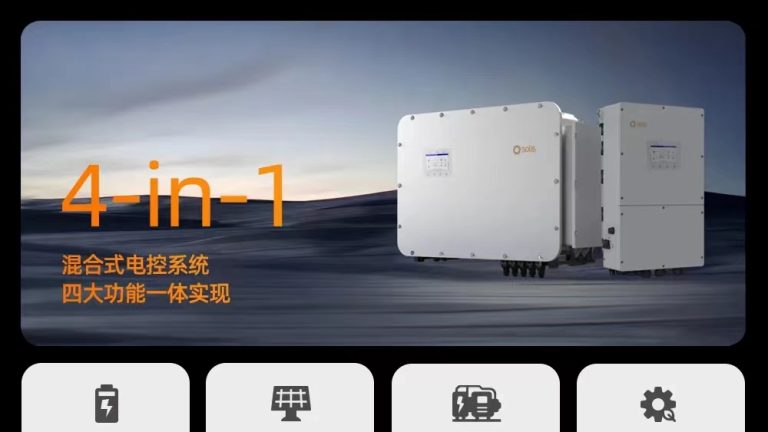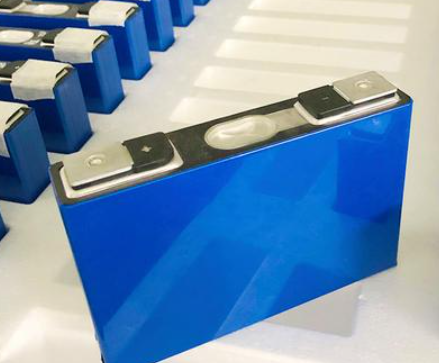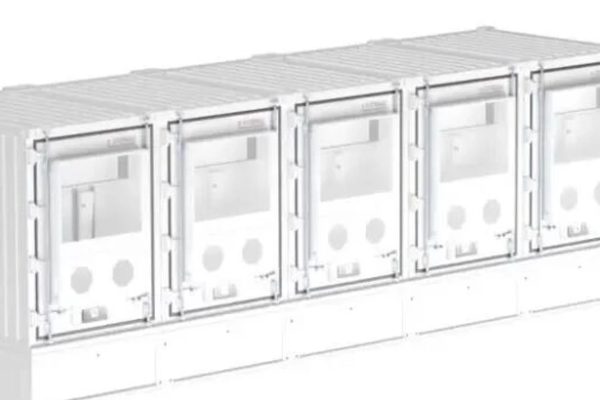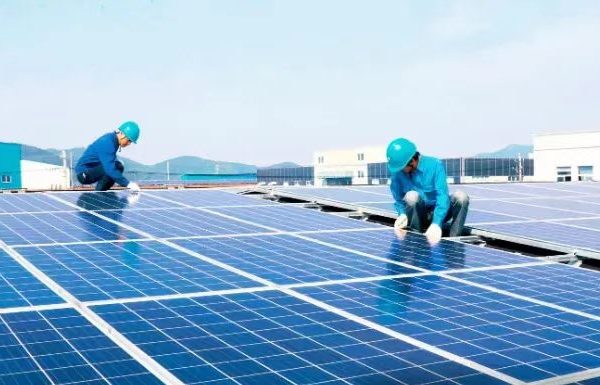What System Buyers and SME EPCs Should Know Before Placing That Order
Sourcing solar inverters from China can unlock competitive pricing, broad product choices, and rapid availability — especially for SMEs and EPCs working on tight budgets. But the low cost can sometimes mask hidden risks that only show up after the system is installed… or fails.
In this article, we outline five often-overlooked risks when buying Chinese inverters, and how to mitigate them without compromising your procurement strategy.
⚠️ 1. Incomplete or Non-Standard Communication Protocols
Many Chinese inverters claim compatibility with CAN or RS485-based BMS/EMS protocols — but not all of them provide full documentation, or comply with industry-standard mappings (e.g. Sunspec, Modbus RTU).
Why It’s a Risk:
- Integration with batteries, EMS, or monitoring platforms can fail
- Some brands require custom firmware for third-party compatibility
- You may face weeks of debugging if your system can’t read SoC or current data correctly
How to Reduce It:
- Always ask for the protocol document before purchase
- Test the inverter with your battery in advance
- Prefer brands that offer open protocol documentation and SDK/API support
⚠️ 2. No After-Sales Support Outside China
Many inverter brands are OEMs or Tier 3 manufacturers without real global support teams. Once you purchase, you may be dependent on email-only tech support, often with time zone delays or language barriers.
Why It’s a Risk:
- System downtime = unhappy clients
- Shipping replacement parts is slow or impossible
- You may be responsible for diagnostics and repair even during warranty
How to Reduce It:
- Work with suppliers who offer:
- Verified support centers
- Online knowledge base
- Real-time troubleshooting tools
- Consider partnering with a value-added distributor that provides local repair or spare parts
⚠️ 3. Firmware Gaps Between Versions
Some inverter brands release new models or firmware updates without backward compatibility, meaning your next batch may behave differently — or worse, not talk to the same battery or EMS system.
Why It’s a Risk:
- You can’t deploy the same system spec repeatedly
- Commissioning takes longer when units behave inconsistently
- Unexpected bugs may arise after updates
How to Reduce It:
- Lock in a firmware version for your project series
- Request changelogs and rollback options before updating
- Buy from brands that publish version history and technical notices
⚠️ 4. Inaccurate or Inflated Spec Sheets
It’s not uncommon to find inverters with marketing specs that don’t match actual performance in real-world conditions — for example, exaggerated efficiency, PV input range, or maximum output current.
Why It’s a Risk:
- Mismatched specs can lead to thermal issues, inverter shutdowns, or shortened lifespan
- You may oversize/undersize your battery or PV array
- Compliance failures with local grid codes
How to Reduce It:
- Ask for third-party test reports or CE/UL certificates
- Check derating curves for temperature and altitude
- Rely on brands with track record in similar projects (e.g. 10kW hybrid used in tropical climates)
⚠️ 5. Regulatory Compliance and Import Issues
Some low-cost inverters may lack country-specific certifications (e.g., IEC 62109, G98/G99, UL1741, or NRS097), which means you risk customs delays or being unable to connect to the grid legally.
Why It’s a Risk:
- Project delays due to import clearance
- Fines or rework during local inspection
- Ineligibility for incentives or feed-in tariffs
How to Reduce It:
- Ask for test certificates and original lab reports
- Ensure inverter has proper labeling (CE, SAA, TUV, etc.)
- Cross-check with local utility or standards authority before final selection
✅ Final Thoughts: Risk ≠ Rejection
Buying inverters from China can still be a smart move — as long as you’re aware of the technical and logistical traps that may follow.
As a system buyer or EPC, your real job isn’t just to compare prices. It’s to evaluate:
- System compatibility
- Service pathways
- Deployment repeatability
- Regulatory fit
Avoiding these five risks allows you to stay competitive while protecting your reputation in the field.









